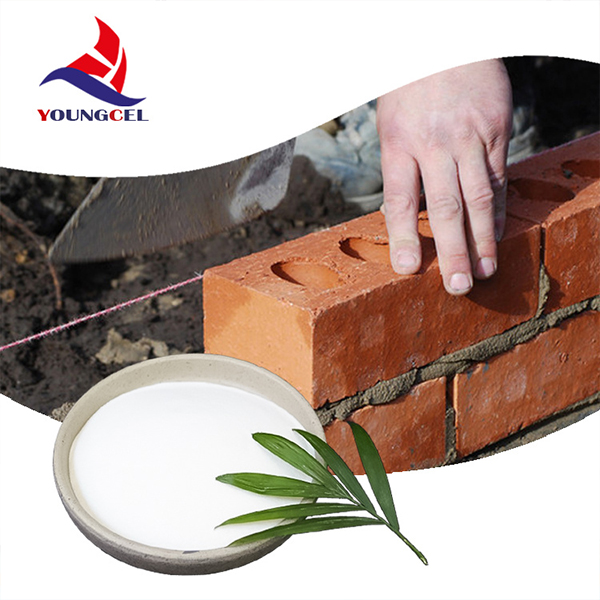Thicken Tylos The Key to Enhanced Texture in Food Products
In the world of food science, texture plays a pivotal role in the overall sensory experience of eating. Among various food thickeners, one stands out for its unique properties and widespread use tylos, also known as hydroxypropyl methylcellulose (HPMC). This versatile cellulose derivative is fundamental in developing the desired consistency and mouthfeel in numerous culinary applications, from sauces to baked goods.
Understanding Tylos
Tylos is a non-ionic, water-soluble polymer derived from cellulose, a natural polymer found in the cell walls of plants. Its structure allows it to form gels and thicken solutions without altering the flavor of the food product, making it an ideal ingredient for chefs and food technologists alike. When mixed with water, tylos hydrates, swelling and forming a viscous gel that can significantly enhance the texture of various foods.
Applications in the Food Industry
The versatility of tylos makes it valuable in a wide range of food products. In sauces and gravies, tylos serves as a thickening agent, providing a smooth, creamy consistency that enhances the overall mouthfeel. It does not impede flavor, allowing for the full appreciation of spices and other ingredients. Additionally, tylos is frequently used in gluten-free baking. By imitating the elasticity typically provided by gluten, it helps to create baked goods with the desired structure and chewiness, making it easier for individuals with gluten sensitivities to enjoy their favorite items.
Furthermore, tylos is commonly utilized in dairy products, such as yogurt and ice cream. In these applications, it improves texture by stabilizing emulsions and preventing the separation of ingredients. The result is a creamy, homogenous product that appeals to consumers on both visual and sensory levels.
Health Benefits and Considerations
thicken tylos

One of the notable aspects of tylos is its health profile. As a cellulose derivative, it is low in calories and carbohydrates, making it suitable for various dietary plans, including those focused on weight management or low-carb diets. Moreover, tylos can function as a dietary fiber, promoting digestive health and regularity. This dual functionality — serving as both a thickener and a fiber source — adds value to food products and caters to health-conscious consumers.
However, as with any food additive, it is essential to consider the potential effects of tylos when used in high concentrations. While generally recognized as safe (GRAS) by the FDA, there can be instances where excessive consumption may lead to gastrointestinal discomfort for some individuals. As a result, manufacturers must adhere to recommended usage levels to ensure safety and maintain product quality.
Future Trends in Food Production
As the food industry continues to evolve, the demand for clean-label ingredients is on the rise. Consumers are increasingly seeking products that are made without artificial additives and preservatives. Tylos, being a naturally derived ingredient, fits well within this trend. Its ability to enhance texture and stability without compromising ingredient integrity positions it favorably for future food formulations.
Moreover, the growing interest in plant-based diets has opened new avenues for tylos application. As more manufacturers explore plant-based alternatives, the need for effective binding and thickening agents becomes increasingly important. Tylos offers a sustainable solution that aligns with the values of the plant-based movement, providing the necessary textures while maintaining a clean label.
Conclusion
Thicken tylos represents a significant advancement in food science, providing essential functionality to a broad array of products. Its ability to enhance texture while remaining a low-calorie, gluten-free ingredient makes it a favorite among food developers and health-conscious consumers alike. As we forge ahead into an era of clean-label and plant-based eating, tylos is poised to play a crucial role, ensuring that food remains delightful and satisfying.
-
The Application and Significance of Construction RdpNewsMay.19,2025
-
Industrial Grade HpmcNewsMay.19,2025
-
Building Coating Adhesive Building Coating Adhesive HpmcNewsMay.19,2025
-
Application Of Hpmc For Detergent For Detergent In DetergentsNewsMay.19,2025
-
Application Of Hpmc Cellulose In Cement-Based MaterialsNewsMay.19,2025
-
Application Of High Quality Hpmc For Construction In The Field Of ConstructionNewsMay.19,2025




